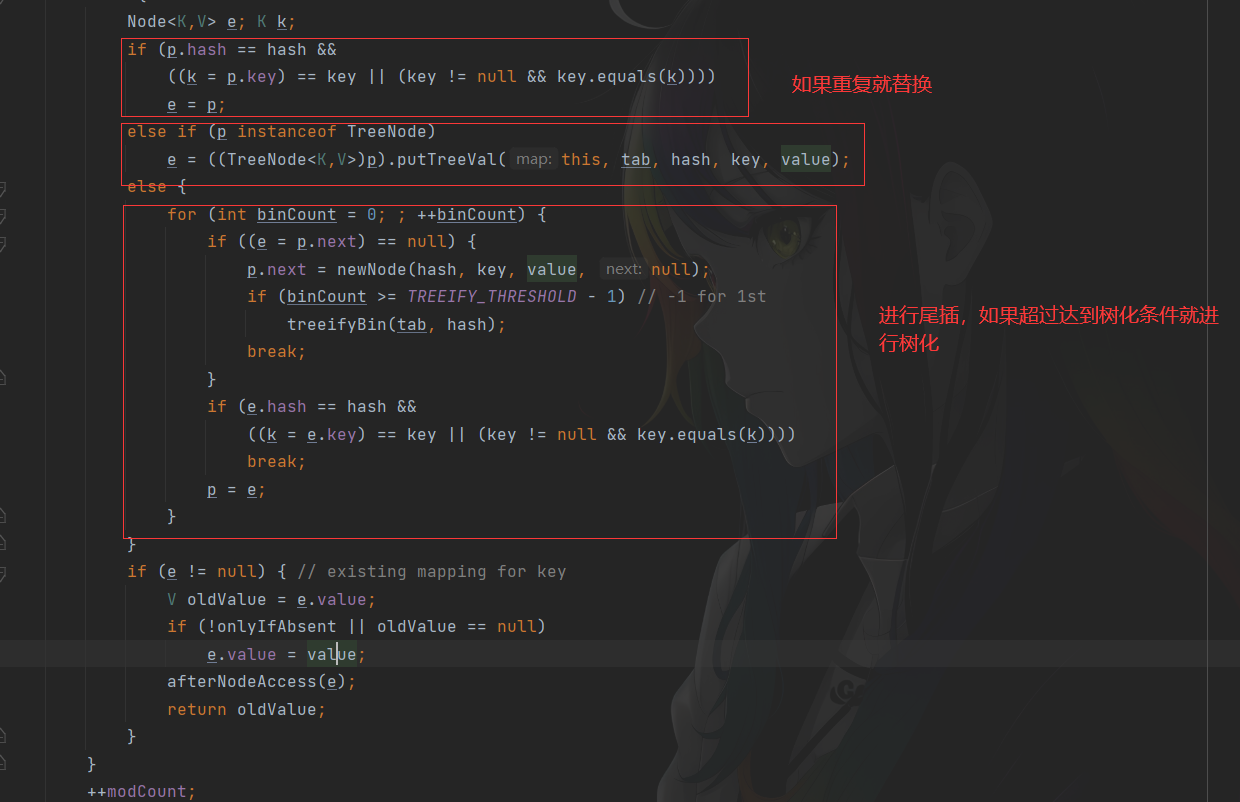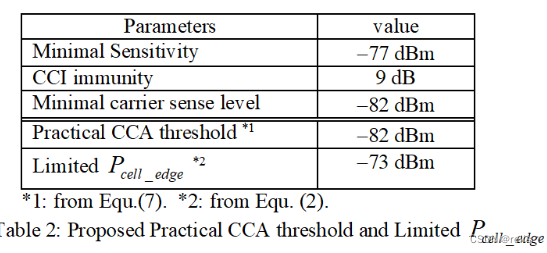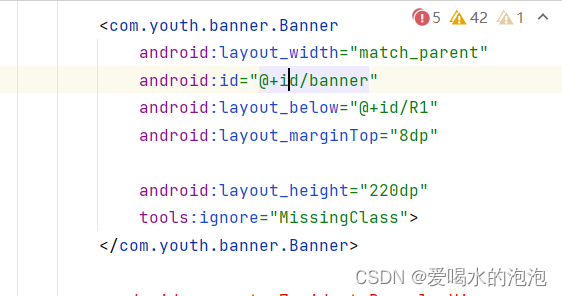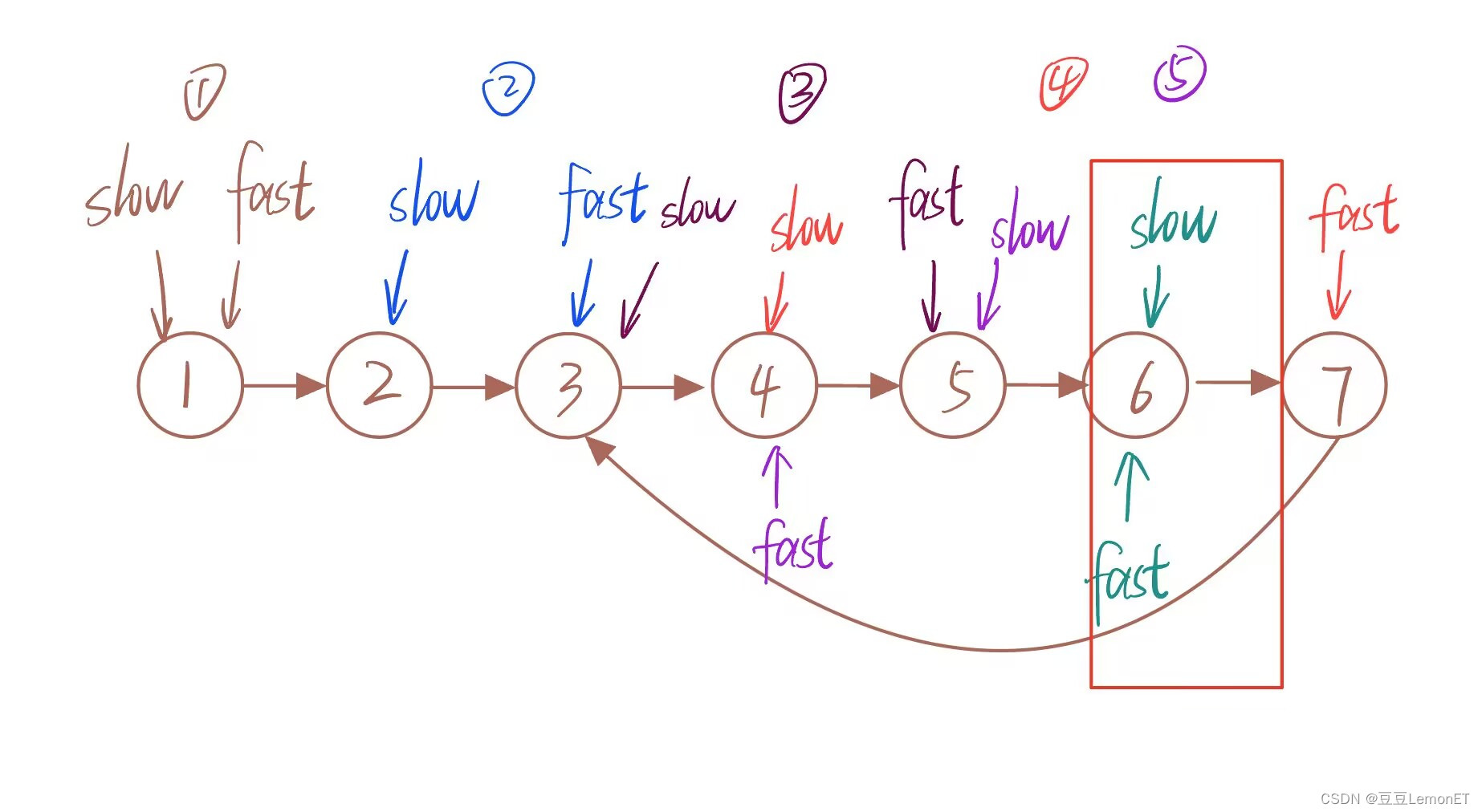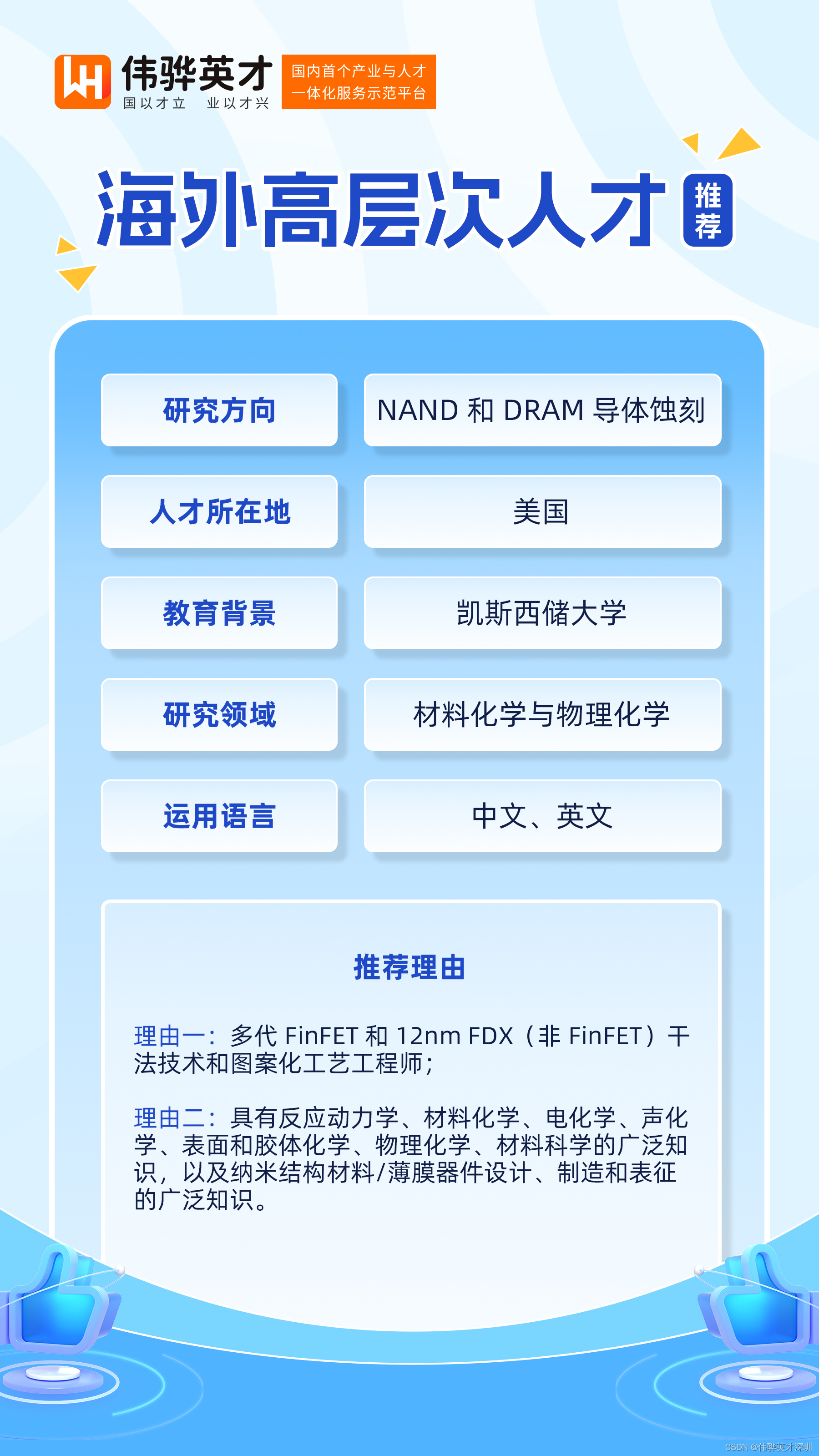基础概念

简介:
- map中所有元素都是pair。
- pair中第一个元素为key(键值),起到索引作用,第二个元素为value(实值)。
- 所有元素都会根据元素的键值自动排序。
本质:
map/multimap属于关联式容器,底层结构是用二叉树实现。
优点:
可以根据key值快速找到value值。
map和multimap区别:
map不允许容器中有重复key值元素;
multimap允许容器中有重复key值元素。
代码示例
Talk is cheap, show me the code.
#include<iostream>
using namespace std;
#include<map>
void printMap(const map<int, int>& mm)
{
for (map<int, int>::const_iterator it = mm.begin(); it != mm.end(); it++)
{
cout << "Key is: " << (*it).first << "Value is: " << (*it).second << endl;
}
}
/*
构造:
map<T1, T2> mp; //map默认构造函数:
map(const map &mp); //拷贝构造函数
赋值:
map& operator=(const map &mp); //重载等号操作符
*/
void test01()
{
map<int, int> mp;
mp.insert(pair<int, int>(1, 10));
mp.insert(pair<int, int>(2, 20));
mp.insert(pair<int, int>(3, 30));
mp.insert(pair<int, int>(4, 40));
printMap(mp);
map<int, int> mp2(mp);
printMap(mp2);
map<int, int> mp3;
mp3 = mp2;
printMap(mp3);
}
/*
大小和交换函数原型:
size(); //返回容器中元素的数目
empty(); //判断容器是否为空
swap(st); //交换两个集合容器
*/
void test02()
{
map<int, int> mp;
mp.insert(pair<int, int>(1, 10));
mp.insert(pair<int, int>(2, 20));
mp.insert(pair<int, int>(3, 30));
mp.insert(pair<int, int>(4, 40));
printMap(mp);
if (mp.empty())
{
cout << "Empty!" << endl;
}
else
{
cout << mp.size() << endl;
}
map<int, int> mp2;
mp2.insert(pair<int, int>(5, 50));
cout << "Swap Before: " << endl;
printMap(mp);
printMap(mp2);
cout << "Swap After: " << endl;
mp.swap(mp2);
printMap(mp);
printMap(mp2);
}
/*
插入和删除函数原型:
insert(elem); //在容器中插入元素。
clear(); //清除所有元素
erase(pos); //删除pos迭代器所指的元素,返回下一个元素的迭代器。
erase(beg, end); //删除区间[beg,end)的所有元素 ,返回下一个元素的迭代器。
erase(key); //删除容器中值为key的元素。
*/
void test03()
{
map<int, int> mp;
mp.insert(pair<int, int>(1, 10));
mp.insert(pair<int, int>(2, 20));
mp.insert(pair<int, int>(3, 30));
mp.insert(pair<int, int>(4, 40));
printMap(mp);
map<int, int>::iterator it = mp.begin();
mp.erase(it);
printMap(mp);
mp.erase(3);
printMap(mp);
mp.erase(mp.begin(), mp.end());
printMap(mp);
}
/*
map查找和统计函数原型:
find(key); //查找key是否存在,若存在,返回该键的元素的迭代器;若不存在,返回set.end();
count(key); //统计key的元素个数
*/
void test04()
{
map<int, int> mp;
mp.insert(pair<int, int>(1, 10));
mp.insert(pair<int, int>(2, 20));
mp.insert(pair<int, int>(3, 30));
mp.insert(pair<int, int>(4, 40));
printMap(mp);
if (mp.find(3)!=mp.end())
{
cout << "Exists: " << (*mp.find(3)).second << endl;
}
else
{
cout << "Not Exists" << endl;
}
int num = mp.count(3);
cout << num << endl;
}
/*
map容器排序:
利用仿函数,可以改变排序规则
*/
class myCompare
{
public:
bool operator()(int val1,int val2)const //这里需要加const
{
return val1 > val2;
}
};
void test05()
{
map<int, int,myCompare> mp;
mp.insert(pair<int, int>(1, 10));
mp.insert(pair<int, int>(2, 20));
mp.insert(pair<int, int>(3, 30));
mp.insert(pair<int, int>(4, 40));
for (map<int, int,myCompare>::const_iterator it = mp.begin(); it != mp.end(); it++)
{
cout << "Key is: " << (*it).first << "Value is: " << (*it).second << endl;
}
}
int main()
{
test01();
test02();
test03();
test04();
test05();
system("pause");
return 0;
}
应用场景
C++的STL(标准模板库)中的map容器是一个关联容器,它提供了键值对的存储和检索功能,其中每个键都是唯一的。map基于红黑树实现,因此它在查找、插入和删除操作上具有较好的性能。以下是map容器在实际项目中的一些常见应用场景的例子:
-
字典/词典:
map常用于实现字典或词典的功能,其中键表示单词,值表示对应的释义、定义或其他相关信息。这在文本处理、自然语言处理等应用中很常见。#include <iostream> #include <map> #include <string> int main() { std::map<std::string, std::string> dictionary; // 添加词条 dictionary["apple"] = "a fruit"; dictionary["book"] = "a set of written or printed pages, usually bound with a protective cover"; dictionary["car"] = "a four-wheeled motor vehicle used for transportation"; // 查找释义 std::cout << "Meaning of 'book': " << dictionary["book"] << std::endl; return 0; } -
配置管理:
在项目中,map可用于存储配置信息,其中键是配置项的名称,而值是对应的配置值。这样可以方便地进行配置管理和查找。#include <iostream> #include <map> #include <string> int main() { std::map<std::string, std::string> config; // 添加配置项 config["username"] = "john_doe"; config["password"] = "secretpassword"; config["server_address"] = "127.0.0.1"; // 获取配置项 std::cout << "Username: " << config["username"] << std::endl; return 0; } -
计数器/统计:
map可以用于实现计数器,其中键是要计数的项目,而值是计数值。这在数据分析、统计学等领域中非常有用。#include <iostream> #include <map> #include <vector> int main() { std::map<int, int> counter; std::vector<int> data = {1, 2, 3, 2, 1, 3, 4, 5, 1, 2, 4, 4, 5}; // 统计每个元素出现的次数 for (const auto& item : data) { counter[item]++; } // 输出统计结果 for (const auto& pair : counter) { std::cout << pair.first << ": " << pair.second << " times" << std::endl; } return 0; }
这些例子只是map在实际项目中应用的冰山一角,map的灵活性和高效性使得它在许多场景下都是一个强大的工具。在实际项目中,根据需要选择合适的容器是很重要的,map通常在需要快速查找、插入和删除的情况下是一个不错的选择。
实际用例
假设我们有一个简单的任务,需要统计一段文本中每个单词出现的次数。我们可以使用map容器轻松完成这个任务。以下是一个简单的C++代码示例:
#include <iostream>
#include <map>
#include <sstream>
#include <string>
int main() {
// 输入文本
std::string inputText = "This is a simple example. This example demonstrates the usage of map in a project.";
// 使用istringstream分割单词
std::istringstream iss(inputText);
std::map<std::string, int> wordCount;
std::string word;
while (iss >> word) {
// 将单词添加到map中,如果已存在则增加计数
wordCount[word]++;
}
// 输出每个单词的出现次数
std::cout << "Word frequencies:" << std::endl;
for (const auto& pair : wordCount) {
std::cout << pair.first << ": " << pair.second << " times" << std::endl;
}
return 0;
}
在这个示例中,我们使用map容器存储每个单词和其出现的次数。通过遍历文本并使用istringstream分割单词,我们可以很方便地统计每个单词的出现次数。map的优势在于它可以快速查找并更新每个单词的计数,而不需要复杂的手动管理数据结构。
这样的例子展示了在项目中使用map容器来解决实际问题时,它的简洁性和高效性。在更大规模的项目中,这种便捷的数据结构可以帮助提高代码的可读性和维护性。





